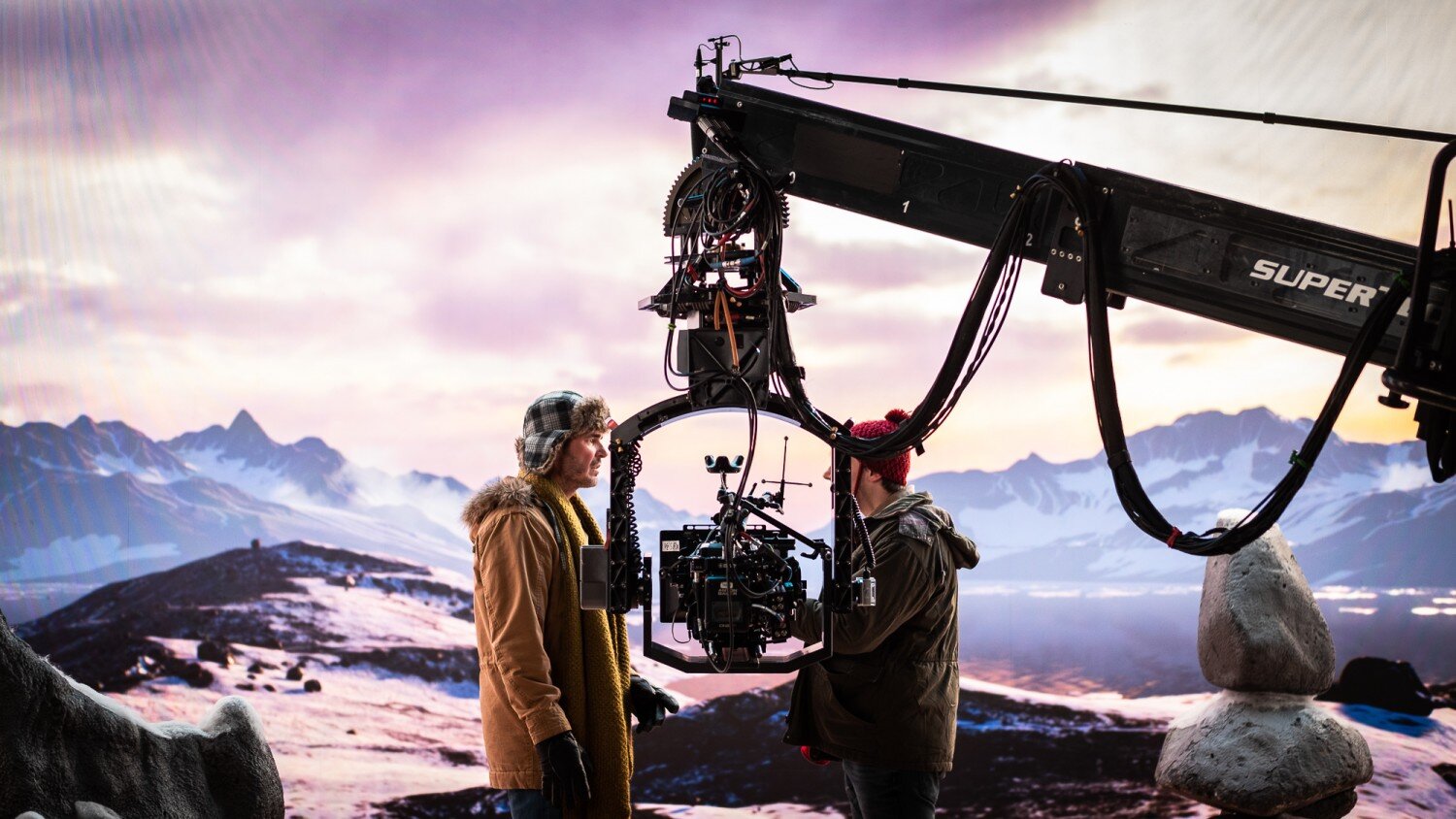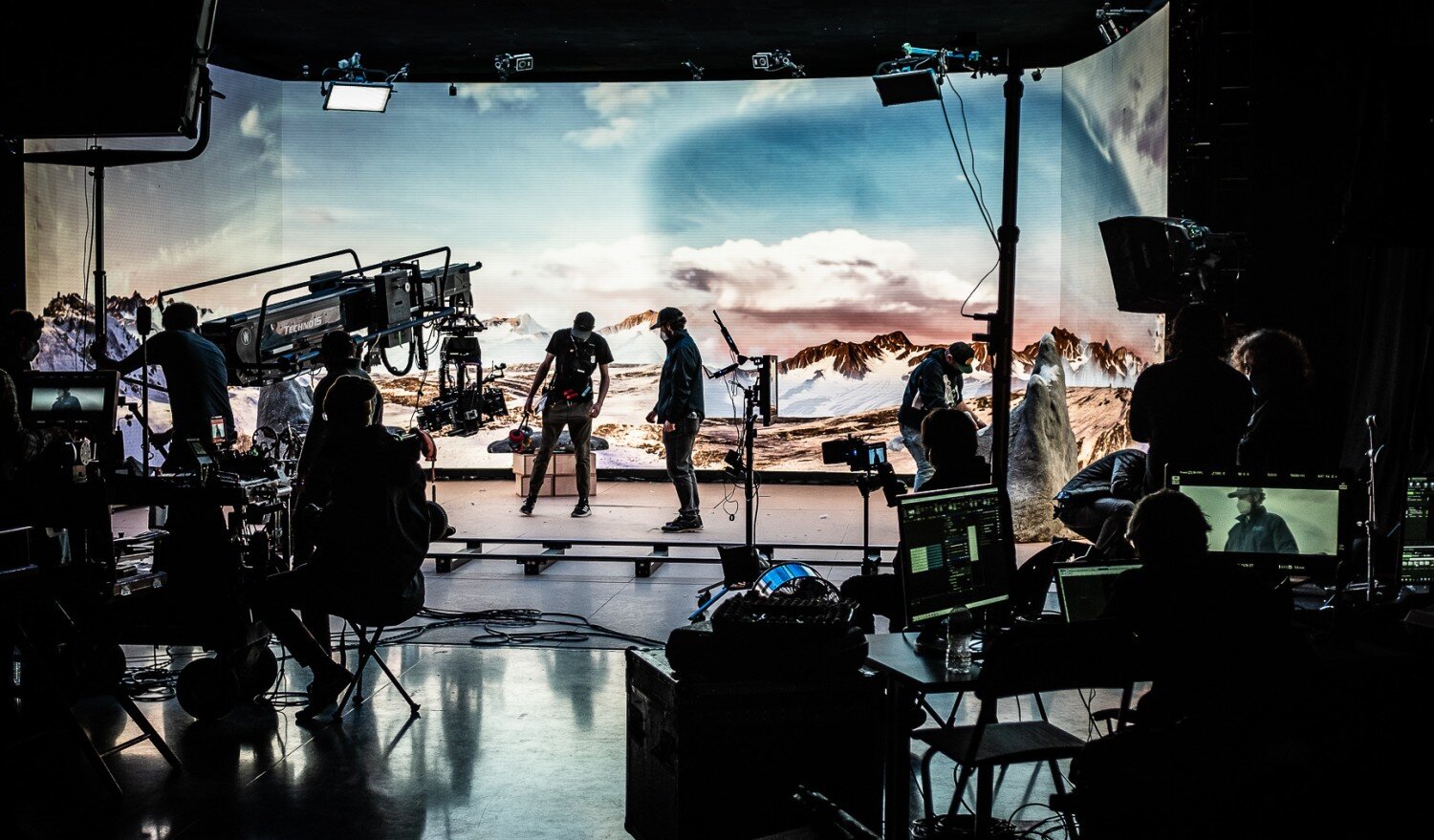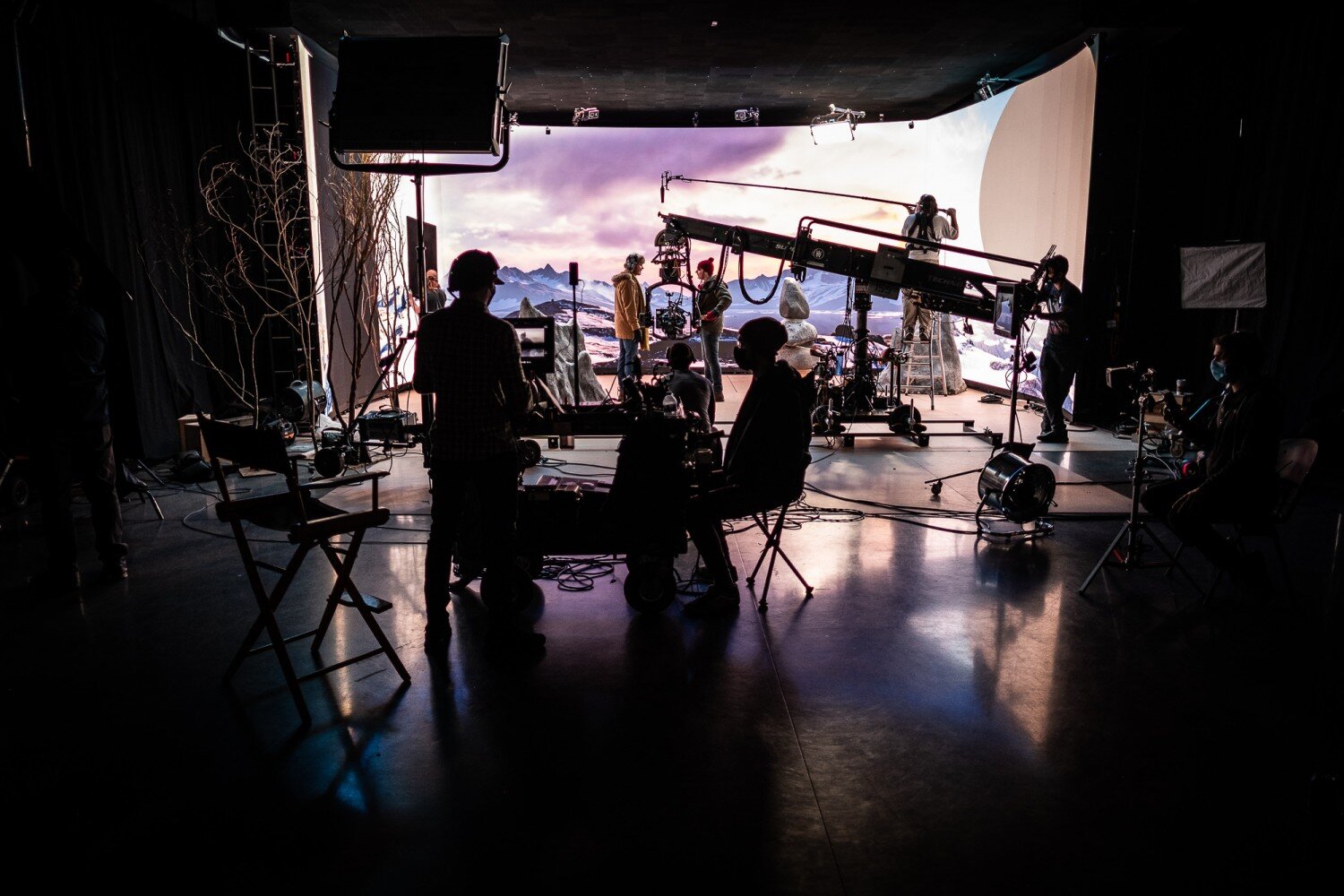Virtual Production Beginner’s Series
What the Heck is Virtual Production?
This is the first article in a four-part series covering virtual production. In this first part, we are going to introduce some basic types of virtual production. The definitions used to describe VP terms in this series are moving targets in a rapidly evolving set of tools used in film production, so they may change with time. This is where virtual production currently fits within the filmmaking industry.
Virtual production is poised to change the way we make movies. This isn’t news anymore. It is something people like me are actively working to make a reality. Why?
It lowers the barriers to entry for emerging filmmakers
It gives complete creative control over the environments and world of the story
It is a highly cost-effective solution to the logistics of shooting on location
But before we actually dive into the ways we use it on and off set, let's set our framing—what is virtual production best used for?
Continued on NoFilmSchool…
The Differences Between Virtual Production and Traditional Production
So you are stepping into a production that wants to use virtual production toolsets in its workflow rather than a traditional approach. This could mean a few different things for your pre-production and production processes. What I am going to explore in this article is how to prepare for the differences in your shooting process when working on a stage using LED volumetric displays as opposed to chroma keying to composite in the background.
LED Volumetric Displays
If you need a quick refresh, shooting with an LED volumetric display means using LED panels as a backlight source that renders a "final pixel" image in the background of your shot as opposed to later compositing the background onto a green or blue screen. This is achieved by tracking your camera’s movement in 3D space and encoding that information into a game engine, rendering your background environment so you can achieve parallax (objects moving relative to one another at a distance).
Continued on NoFilmSchool…
Tips for Cinematographers on Virtual Production Shoots
Put simply, the difference between LED volumetric filmmaking and traditional filmmaking is that in place of large sets/locations or chroma key to fill in the background of your shots, synchronized LED screens are used to capture a final pixel image.
Why does it work? Well, the camera is tracked in 3D space, which allows the screens to react and shift their perspective in response. This creates something known as parallax: when objects move at different rates based on their distance from the subject viewing them.
This is part of the reason why Fraser and the team from The Mandalorian won seven Emmys along with other awards and nominations for their work in this field. It really changes what is possible on set and unlocks endless possibilities for how you can tell the story.
Continued on NoFilmSchool…
What Producers Need to Know for Virtual Production Shoots
If you are a producer in narrative film or TV then you likely operate with three questions in mind whenever you are producing a new project.
How can I best tell the story?
How can I make sure it comes in on or under budget?
How can I get as many people to watch it as possible?
With that framework in mind, you approach new scripts or concepts with a plethora of ideas and strategies balancing distribution methods, release timing, hiring the best and most talented team, making sure everyone gets paid well and works safely, and ensuring the actual movie or series gets made in the end. Within all of these competing factors, where does virtual and volumetric production play a role?
Continued on NoFilmSchool…



